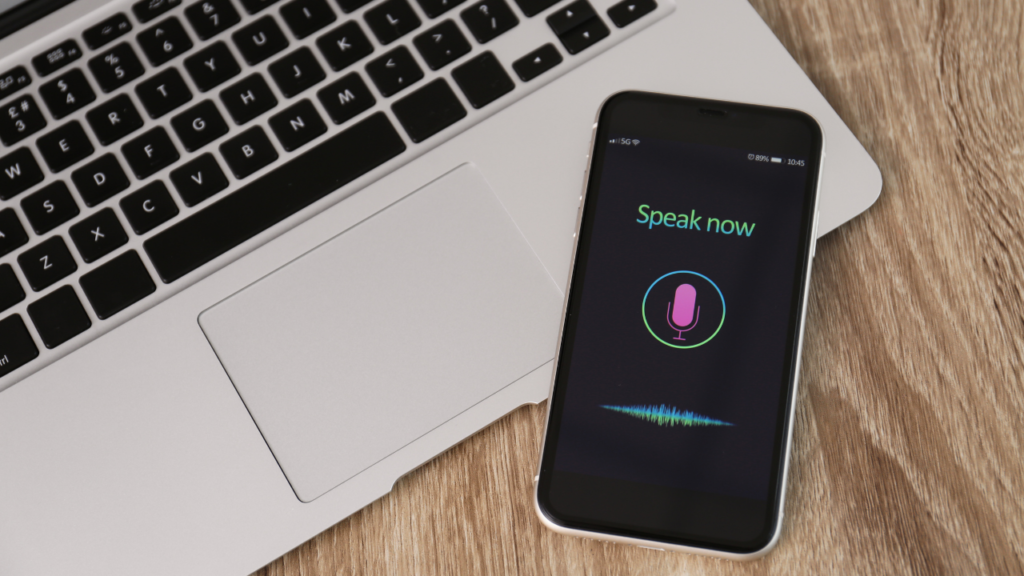
Welcome to the fascinating world of “Voice-Activated Interface UX”, where the future is as audible as your morning alarm. We’re diving headfirst into a realm where your voice is your key and every command is a magic spell that brings technology to life. Sounds dramatic? Maybe a tad. But hey, isn’t that what makes it interesting?
Voice-Activated Interface UX is the new kid on the block in UX design that is making heads turn and tongues wag, quite literally. It’s all about building interfaces that are interactive, responsive, and intuitive to voice commands. In other words, you talk, and your device listens. Now, isn’t that a lovely change from the usual scenario of you listening to endless streams of notifications?
Now, let’s address the elephant in the room: voice-activated interfaces aren’t exactly science fiction, are they? We’ve been bossing Siri, Alexa, and their ilk around for a while now. But the UX of these interfaces? Well, that’s a different ball game altogether. It’s one thing to have a device respond to your voice, and quite another to have it provide a user experience that’s engaging, efficient, and effective.
In the design process of Voice-Activated Interface UX, the focus is on the user’s vocal interactions. The challenge is to create an interface that not only understands what the user is saying (and boy, accents can be a real party pooper here), but also comprehends the intent behind the command. Sounds easy? Well, ask those involved in the process, and you might find them laughing through their tears.
Designing Voice-Activated Interface UX is not a walk in the park. It involves extensive research into linguistics, psychology, and even sociology. After all, every word, phrase, and sentence we utter is a treasure trove of information about our culture, emotions, and personality. And yes, it also involves plenty of caffeine and sleepless nights, but let’s not go there.
One key aspect of Voice-Activated Interface UX design is user feedback. And no, we’re not talking about the feedback forms that we all love to ignore. We’re talking about how the interface communicates with the user. Does it confirm the action performed? Does it ask for clarifications? Does it say ‘Thank you’? After all, a little politeness never hurt anyone.
Now, let’s get a bit technical. The success of Voice-Activated Interface UX design largely depends on Natural Language Processing (NLP). This tech darling is the backbone of any voice-interface as it enables the device to understand, interpret, and respond to voice commands. So, if your voice-activated device seems to understand you better than your partner, you know who to thank.
The future of Voice-Activated Interface UX looks promising. With advancements in technology and a better understanding of user needs, the day is not far off when our devices will not just understand our commands, but also our moods, preferences, and maybe even our deepest, darkest secrets. Scary or exciting? You be the judge.
In conclusion, Voice-Activated Interface UX is an exciting field that is redefining how we interact with technology. It’s a game-changer that is making technology more human, more personal. In the process, it’s also making our lives a tad more interesting, a tad more surreal. So, is it perfect? Far from it. Is it fascinating? Absolutely.
So, next time you call out to your voice-activated device, take a moment to appreciate the marvel that is Voice-Activated Interface UX. And if it doesn’t respond to your command, remember, it’s not being difficult. It’s just a work in progress. Like all of us.


